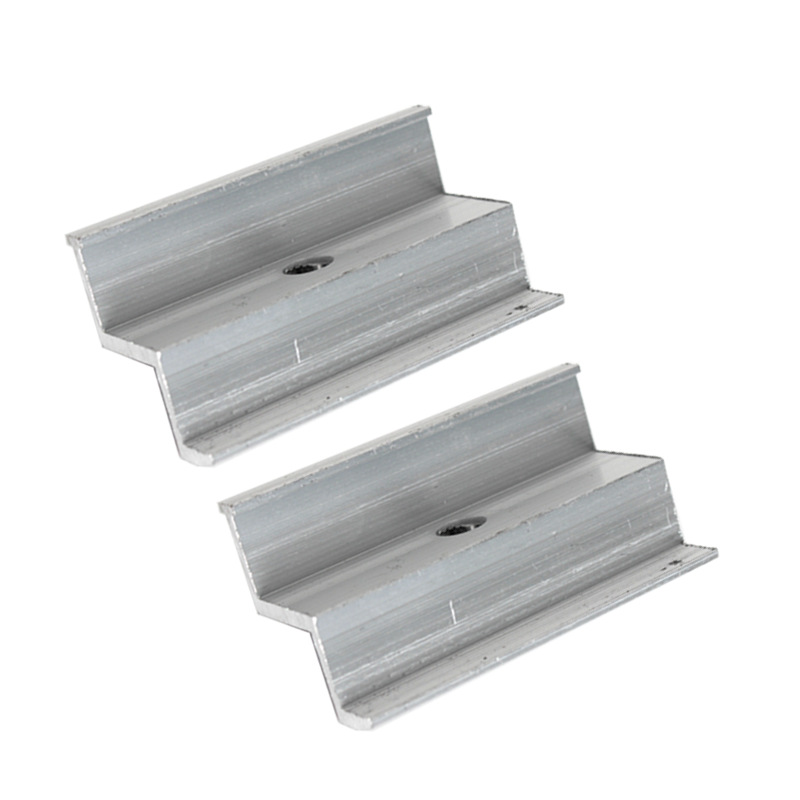

Stud Bolt Anchor Installation Guide for Secure and Reliable Fastening Solutions
Des . 24, 2024 09:58 Back to list
Stud Bolt Anchor Installation Guide for Secure and Reliable Fastening Solutions
The Stud Bolt Anchor A Vital Component in Structural Integrity
In the realm of mechanical engineering and construction, various components play crucial roles in ensuring the stability and safety of structures. Among these components, the stud bolt anchor stands out as a vital part of many fastening systems. This article explores the design, functions, applications, and benefits of stud bolt anchors within various industrial contexts.
What is a Stud Bolt Anchor?
A stud bolt anchor is a type of fastener used to attach various structural elements, typically fabricated from metal. It consists of a long threaded rod (the stud) and a nut, which together create a secure connection point that can support significant loads. Stud bolt anchors are often embedded in concrete or other strong materials, providing a durable method of anchoring that resists shear and tensile forces.
Design and Construction
Stud bolt anchors are available in various materials, including carbon steel, stainless steel, and other alloys. The choice of material is often determined by the specific requirements of the environment in which the anchor will be used. For example, stainless steel is preferred in corrosive environments due to its resistance to rust and degradation.
The design of a stud bolt anchor typically includes a threaded portion which allows for easy installation and removal. Some designs incorporate additional features, such as locking mechanisms or coatings, to enhance performance characteristics depending on the application.
Functions and Applications
Stud bolt anchors serve multiple functions across a wide array of industries. In construction and civil engineering, they are commonly used to secure structural beams, columns, and other load-bearing components to foundations. Their robust design ensures that even under high-stress conditions, such as earthquakes or heavy winds, the connection remains intact.
In the oil and gas industry, stud bolt anchors are essential for securing pipeline systems and supporting heavy machinery. Their ability to withstand extreme conditions, including high pressures and temperatures, makes them a preferred choice for these applications.
stud bolt anchor

Furthermore, in the manufacturing sector, stud bolt anchors are often utilized in the assembly of machinery, where their strength and reliability are paramount
. They provide a stable point of connection, which is crucial for the overall functionality of mechanical systems.Benefits of Using Stud Bolt Anchors
The use of stud bolt anchors offers numerous advantages
1. High Load Capacity Stud bolt anchors are designed to handle substantial forces, making them ideal for critical applications where safety and reliability are paramount.
2. Versatility These anchors can be used in a variety of materials, including concrete, steel, and wood, making them suitable for diverse construction projects.
3. Ease of Installation Stud bolt anchors can be easily installed and removed, allowing for flexibility in construction and maintenance.
4. Corrosion Resistance Many stud bolt anchors are available in corrosion-resistant materials, increasing their lifespan and reducing maintenance costs.
5. Cost-Effectiveness By providing a strong and reliable fastening solution, stud bolt anchors can help to minimize the risk of structural failure, ultimately saving costs associated with repairs or replacements.
Conclusion
Stud bolt anchors are an indispensable element in many structural applications, providing strength, reliability, and versatility. Their design not only ensures that they can withstand various forces and environmental conditions but also facilitates ease of installation and maintenance. As industries continue to evolve and new materials and methods are developed, the importance of robust fastening solutions like stud bolt anchors will remain integral to the safety and integrity of structures worldwide. Whether in construction, manufacturing, or any field requiring strong anchoring solutions, the stud bolt anchor is a testament to engineering innovation that supports the modern world.
Latest news
-
Hot Dip Galvanized Bolts-About LongZe|High Strength, Corrosion Resistance
NewsJul.30,2025
-
High-Strength Hot Dip Galvanized Bolts - Hebei Longze | Corrosion Resistance, Customization
NewsJul.30,2025
-
Hot Dip Galvanized Bolts-Hebei Longze|Corrosion Resistance&High Strength
NewsJul.30,2025
-
High-Strength Hot-Dip Galvanized Bolts-Hebei Longze|Corrosion Resistance&High Strength
NewsJul.30,2025
-
Hot Dip Galvanized Bolts-Hebei Longze|Corrosion Resistance&High Strength
NewsJul.30,2025
-
Hot Dip Galvanized Bolts - Hebei Longze | Corrosion Resistance, High Strength
NewsJul.30,2025

